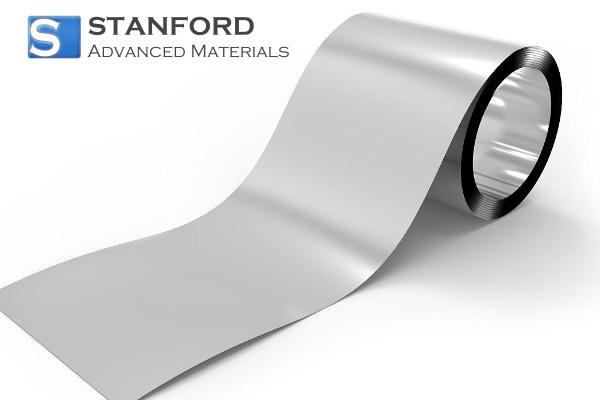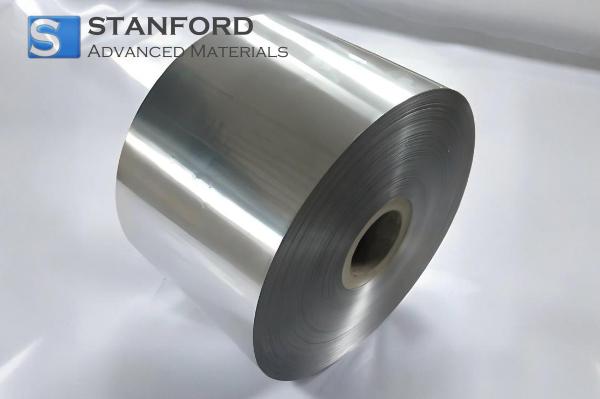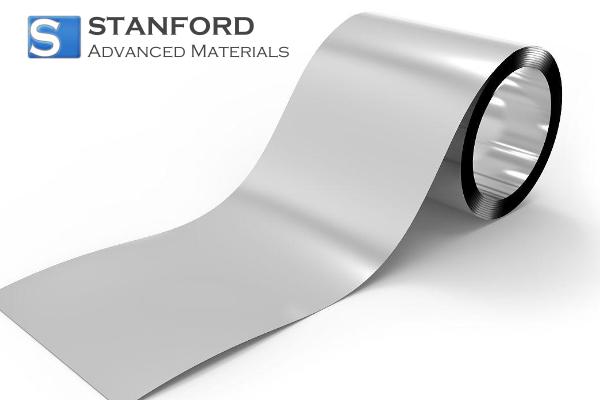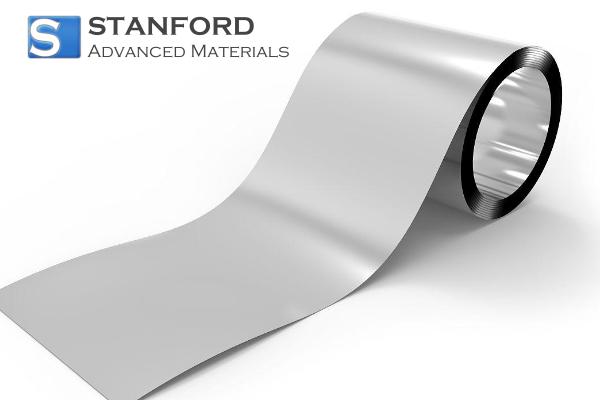Thulium: Element Properties And Uses
Description:
Thulium belongs to the category of rare earth elements and is highly valued for its unique luminescent properties. It finds essential applications in advanced technologies such as portable X-ray devices, lasers, and fibre optics due to its stability and versatility in various high-tech industries such as medical imaging and precision machinery.
Discovery and Development
Thulium was discovered in 1879 by Swedish chemist Carl Gustaf Mosander, who isolated it from the mineral ytterbite, a source of many lanthanide elements. He named it after the mythical northern land of Thule, which reflects the element's origins in Scandinavian geology.
Early studies on thulium were pioneered with the view of its chemical properties and its potential in various industrial applications. However, because of its rarity, it only came into widespread use in the mid-20th century, as advancements in materials science and an expanding demand for high-performance materials created interest in its properties. This is especially true with the ability to manufacture narrow-band lasers and high efficiency in medical imaging that set the stage for its role in modern technology.
Chemical Properties Description
Thulium is a member of the lanthanide series and has the characteristic electron configuration of [Xe]4f^13 6s^2, which is quite different from the others in the group. Like other lanthanides, thulium commonly forms trivalent compounds, such as thulium oxide (Tm₂O₃), where it adopts a +3 oxidation state.
Thulium is moderately reactive with oxygen, where it would slowly oxidise in air to form a stable oxide layer, which acts as a protective barrier and prevents further corrosion. This ability to form a stable oxide layer adds to thulium's usefulness in harsh environments, such as in high-performance lasers and in high-tech medical equipment.
Physical Properties Data Table
|
Property |
Value |
|
Atomic Number |
69 |
|
Atomic Weight |
168.934 |
|
Melting Point |
1545 °C |
|
Boiling Point |
Approximately 1950 °C |
|
Density |
9.32 g/cm³ |
For more information, please visit Stanford Advanced Materials.
Use Cases Common
Thulium's unique properties make it suitable for a number of high-tech applications in different industry sectors:
1. Portable X-ray Devices
It finds application in portable X-ray equipment due to its radioactive isotopes, which serve as localized sources of X-rays. These are vital in medical diagnosis and provide a compact and efficient alternative to traditional X-ray machines. Other applications include the use of thulium-based X-ray devices in security for screening and inspection purposes.
2. Lasers and Optical Devices
Thulium is used in making very specific lasers, usually those that have a very narrow emission spectrum. Thulium-doped lasers are crucial in areas of spectroscopy, medical procedures such as laser surgery, and precision engineering. These lasers boast high efficiency and precise control of light emission, which makes them extremely useful both in scientific research and industrial processes.
3. Medical Imaging
Thulium finds applications in medical imaging, where thulium-doped compounds are utilised in such a way that the imaging technique requires high resolution with low levels of radiation. Thulium enhances the resolution of imaging systems with clearer diagnostic images in applications such as MRI and CT scans.
4. High-Performance Alloys
It is also used in the making of special alloys, particularly for the aerospace and electronic industries. Its alloys exhibit very high melting points and stability; hence, they are applied in applications that involve extremely high temperatures and pressure, such as jet turbine engines and spacecraft.
5. Nuclear Reactors
Thulium, being resistant to extreme conditions, sometimes finds its inclusion in nuclear reactors. It contributes to stabilisation and prolonging the lives of materials in very intensive radiation conditions.
6. Fibre Optics and Telecommunications
Thulium-doped fibre amplifiers have applications in telecommunications to enhance the transmission of data over greater distances. The efficient amplification of light signals by the element makes it valuable in modern fibre optic networks.
Methods of Preparation
It is difficult to extract thulium, and its purification involves several stages that separate it from the other rare-earth elements. Typically, thulium is extracted from its ores using solvent extraction or ion exchange techniques that isolate it from other lanthanides. Separated thulium is then reduced to its metallic form by a metallothermic reduction process in which oxygen from thulium compounds is removed using reactive metals such as calcium or aluminium.
The refined thulium metal is further processed into a highly purified metal to meet the strict requirements for lasers, medical applications, and nuclear reactor parts.
FAQs
What is thulium?
Thulium is a rare earth element that bears the atomic number 69. It finds its application in various high-tech fields, including lasers, medical imaging, and portable X-ray devices.
How does thulium react with oxygen?
Thulium oxidises slowly in air, because a thin oxide layer covers the surface of the metal and protects it from further corrosion.
What are the major uses of thulium?
Thulium is utilised in portable X-ray devices, specialised lasers, medical imaging, and in high-performance alloys for industrial applications.
How is thulium extracted?
Thulium is extracted from rare earth minerals by the processes of solvent extraction and ion exchange. The final reduction to a pure metal is conducted by metallothermic reduction.
Why is thulium valuable for lasers and medical imaging?
Thulium is widely used in lasers, mainly for spectroscopy and medical applications, owing to its luminescent properties and ability to emit light at precise wavelengths. It also enhances the resolution and clarity of diagnostic imaging systems.

 Bars
Bars
 Beads & Spheres
Beads & Spheres
 Bolts & Nuts
Bolts & Nuts
 Crucibles
Crucibles
 Discs
Discs
 Fibers & Fabrics
Fibers & Fabrics
 Films
Films
 Flake
Flake
 Foams
Foams
 Foil
Foil
 Granules
Granules
 Honeycombs
Honeycombs
 Ink
Ink
 Laminate
Laminate
 Lumps
Lumps
 Meshes
Meshes
 Metallised Film
Metallised Film
 Plate
Plate
 Powders
Powders
 Rod
Rod
 Sheets
Sheets
 Single Crystals
Single Crystals
 Sputtering Target
Sputtering Target
 Tubes
Tubes
 Washer
Washer
 Wires
Wires
 Converters & Calculators
Converters & Calculators
 Write for Us
Write for Us




 Chin Trento
Chin Trento



